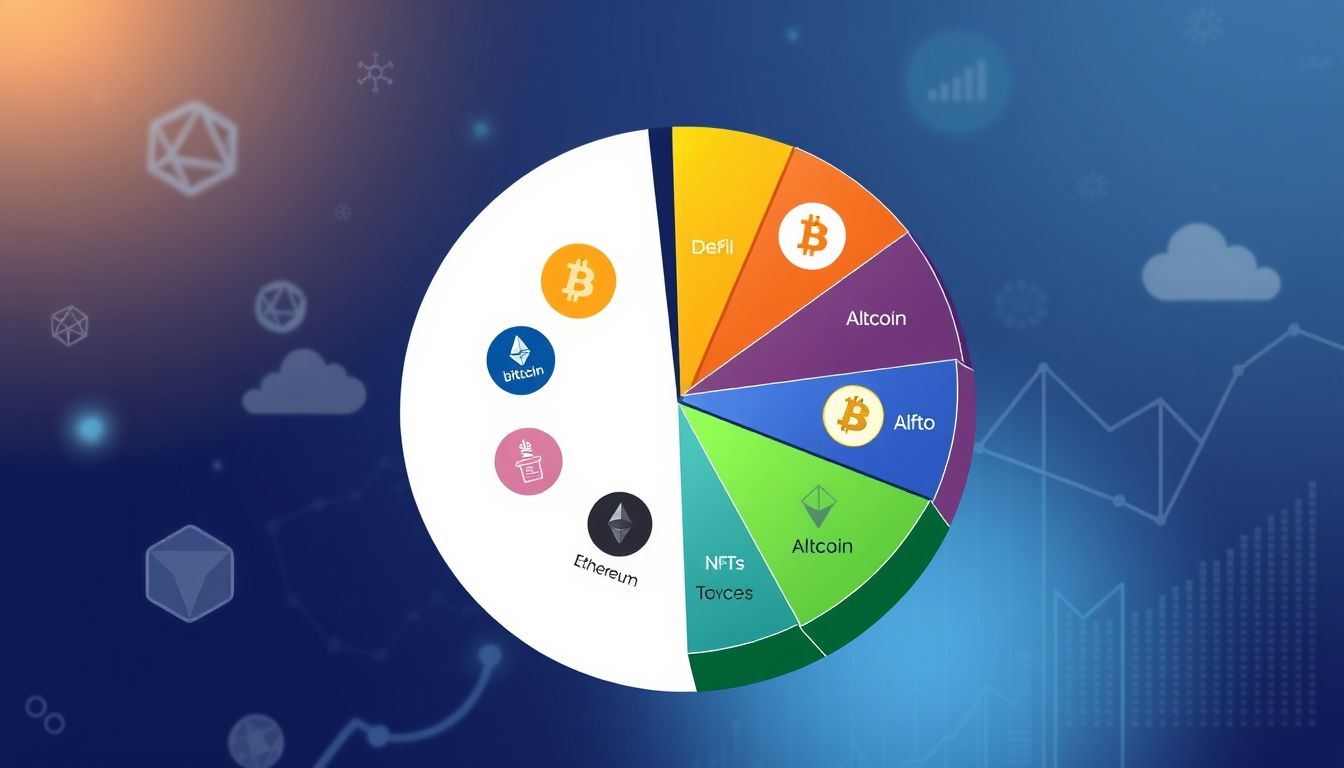Introduction: Blockchain - More Than Just Cryptocurrency
Blockchain technology has long been associated with cryptocurrencies like Bitcoin and Ethereum. However, the potential of this technology extends far beyond that scope. Blockchain is essentially a distributed and secure digital ledger of transactions, making it a powerful tool for revolutionizing various sectors, especially the financial sector.
In this article, we will explore the innovative applications of blockchain in the financial field, from streamlining cross-border payments to improving supply chain management. We will also discuss the promising investment opportunities offered by this technology, focusing on the potential challenges and risks.
Chapter 1: Fundamentals of Blockchain Technology
What is Blockchain?
A blockchain is a distributed database in which many devices (nodes) participate. Transactions are grouped into "blocks" linked together sequentially, forming a "chain" of blocks. Each block contains a unique digital fingerprint (Hash) of the previous block, making data manipulation extremely difficult.
Decentralization and Security
One of the most important features of blockchain is its decentralized nature, where no central authority controls the network. This reduces the risk of corruption and fraud. In addition, the use of encryption makes transactions secure and reliable.
Smart Contracts
Smart contracts are computer programs that are stored on the blockchain and executed automatically when certain conditions are met. These contracts can facilitate a wide range of financial transactions, such as loans, insurance, and payments.
Chapter 2: Streamlining Cross-Border Payments
Cross-border payments are among the most complex and costly financial operations. They usually involve many intermediaries, such as banks and other financial institutions, which increases time and costs.
Blockchain as a Solution
Blockchain can streamline cross-border payments by removing intermediaries and reducing costs. Using cryptocurrencies or central bank digital currencies (CBDCs), payments can be made faster, cheaper, and more transparently.
Practical Examples
- Ripple: A company that provides cross-border payment solutions using blockchain technology.
- Stellar: An open-source payment network aimed at facilitating cheap and fast international payments.
Chapter 3: Supply Chain Financing
Companies operating in supply chains need continuous financing for their operations. Small and medium-sized enterprises (SMEs) often find it difficult to obtain traditional financing due to a lack of collateral or credit history.
Blockchain and Decentralized Finance (DeFi)
Blockchain can facilitate supply chain financing by connecting SMEs directly with investors through decentralized finance (DeFi) platforms. Smart contracts can be used to ensure transparency and security in transactions.
Product Tracking
In addition to financing, blockchain can be used to track products along the supply chain, helping to combat counterfeiting and ensure product quality.
Chapter 4: Smart Insurance
Smart contracts can revolutionize the insurance industry by automating claims processes and reducing fraud.
Parametric Insurance
Parametric insurance is a type of insurance that relies on pre-defined parameters, such as rainfall or temperature. Smart contracts can automatically pay out claims when these parameters are met, reducing the time and costs associated with traditional claims processing.
Practical Examples
Some insurance companies use blockchain to provide crop insurance to farmers in developing countries, where traditional insurance is difficult to obtain.
Chapter 5: Digital Identity and Identity Verification
Secure and reliable digital identity is essential for many financial transactions. Blockchain can provide digital identity solutions that allow users to control their personal data.
Know Your Customer (KYC) and Anti-Money Laundering (AML)
Blockchain can facilitate Know Your Customer (KYC) and Anti-Money Laundering (AML) processes by creating secure and reliable digital records of identities.
Chapter 6: Digital Asset Management
Blockchain allows the creation and management of digital assets, such as stocks, bonds, and real estate. These assets can be tokenized and easily transferred on the blockchain.
Security Tokens
Security tokens are digital representations of traditional securities. They can be traded on the blockchain, providing greater liquidity and higher efficiency.
Chapter 7: Decentralized Finance (DeFi)
Decentralized Finance (DeFi) is a financial system based on blockchain that aims to provide alternatives to traditional financial services, such as lending, borrowing, and trading.
Lending and Borrowing Protocols
Lending and borrowing protocols allow users to lend and borrow cryptocurrencies without the need for intermediaries. Lenders can earn interest on their funds, while borrowers can obtain loans secured by cryptocurrencies.
Chapter 8: Challenges and Risks
Despite the enormous potential of blockchain in the financial field, there are some challenges and risks to consider.
Regulation
The legal regulation of blockchain and cryptocurrencies is still unclear in many countries. This creates uncertainty and makes it difficult for companies and investors to adopt this technology.
Security
Although blockchain is generally considered secure, it is not immune to attacks. Hackers can exploit security vulnerabilities in smart contracts or blockchain infrastructure to steal funds.
Volatility
Cryptocurrencies are highly volatile, making them a risky investment. Prices can change dramatically in a short period of time, which can lead to significant losses.
Chapter 9: Investment Opportunities in Blockchain
There are many ways to invest in blockchain, from buying cryptocurrencies to investing in companies that are developing blockchain applications.
Cryptocurrencies
Investors can buy cryptocurrencies such as Bitcoin and Ethereum and hold them in the hope that their price will rise. However, investors should be aware of the risks associated with price volatility.
Blockchain Company Stocks
Investors can buy shares of companies that are developing blockchain applications or providing blockchain-related services.
Exchange-Traded Funds (ETFs)
Exchange-Traded Funds (ETFs) are now available that invest in blockchain-related companies or in cryptocurrencies.
Chapter 10: The Future of Blockchain in the Financial Field
Blockchain technology is expected to continue to revolutionize the financial field in the coming years. As the technology evolves and its adoption increases, we can expect to see more innovative applications that improve efficiency, transparency, and security in the financial system.
Final Tip: Before investing in any blockchain-related project, conduct thorough research and understand the potential risks. Consult a qualified financial advisor for appropriate advice.




